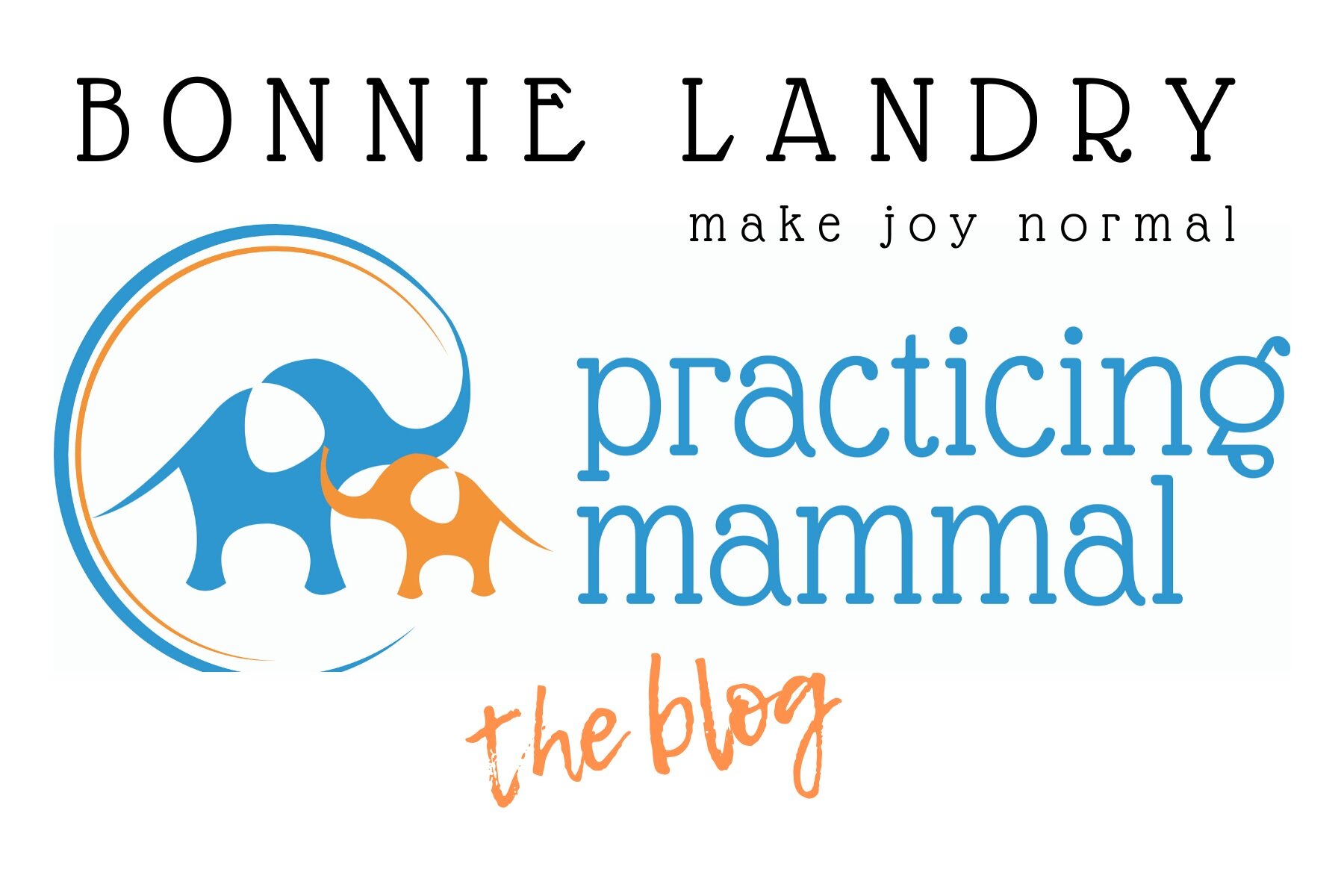dictation for newbies
originally published November 16, 2016
So you’ve decided to do dictation with your children because you were just at a compelling talk that I gave on the subject. Alternately, you’ve read homeschooling, simplified: dictation by yours truly and you are pumped. You jump in, ready to get cozy and start filling your child’s tank and do schoolwork at the (NO WAY) same time.
But it’s okay! You don’t need to worry because there are books like this one that have most of the answers to your children’s questions about the use of grammar and punctuation. Usborne Junior Illustrated Grammar and Punctuation is a resource that has recently been brought to my attention. I appreciate it because the kids pick it up on their own, and I can use it while we do dictation. It may well be all you ever need until high school essay writing.
Most decent dictionaries will have grammar and punctuation guides (and sometimes lots of other things, too) in the beginning of the book. And by decent I don’t mean expensive, but look inside before you buy one. This requires going to a book store, which can be expensive by nature. Because there are so many books there.
There are also about a gazillion (free) print-outs on pinterest (I’ve got a few on a board HERE) for grammar, punctuation, parts of speech, how to form letters in printing or cursive, how to make coffee well, what hairstyle will suit your face shape and many other things, too. Many of these pinterest print-outs can be used for posters around where you do dictation, or put into a little binder that you keep nearby to look things up as needed.
You don’t need to know it all. You just need good resources.
It’s valuable to look things up with our kids on two counts.
One. Every time you look something up together you are teaching them how to use a resource. Just talk it through out loud. “Oh, yes, here in the table of contents of my handy dandy dictionary (that I keep right beside me at all times) it says there is a punctuation guide on page seven. You just asked me about the semi-colon, there are only a couple of pages here, so – oh – here it is, right after ‘colon.’ It’s short, let’s just read about it.” It’s passive teaching.
Two. Every time you look something up together, you are using your brain. You are learning. It’s good for our children to see us learning. It’s good for them to know that we keep on learning. That we forget stuff and don’t know stuff. It’s good modelling.

